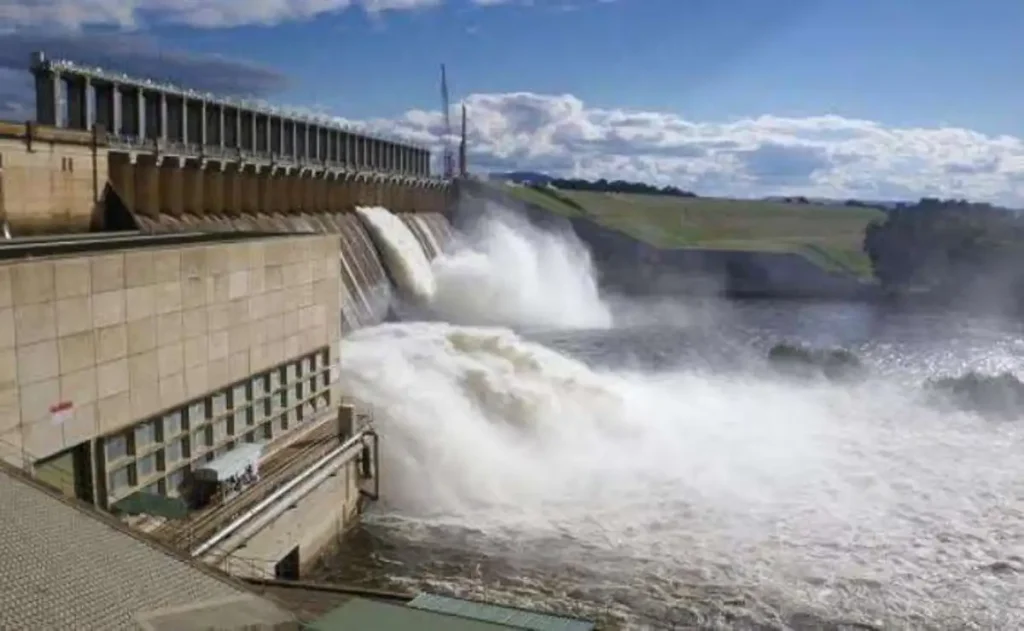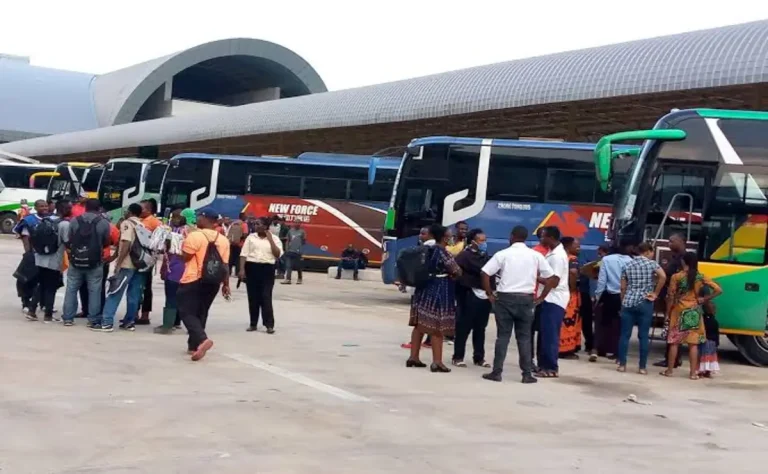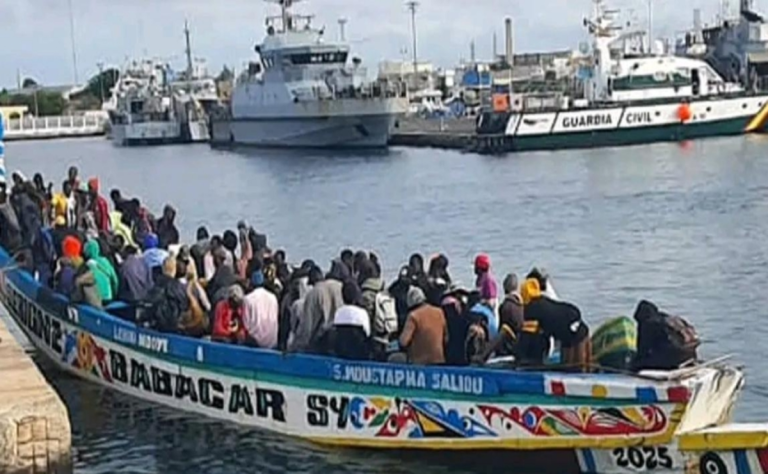
Bagré Dam in Burkina Faso preparing for controlled spillage on August 27, 2025, alerting Volta Basin. Pic: Modern Ghana
Bagré Dam Status and Spillage Plans
SONABEL reported that the dam’s upstream elevation is 233.98 metres, with a filling rate of 86.38 percent, and water levels now sit just 1.02 metres below the maximum operating capacity.
The controlled spillage is intended to maintain the structural integrity of the dam and prevent uncontrolled overflow during the peak rainy season.
Also: Sudan’s Darfur records 40 deaths in worst cholera outbreak in years, MSF says
The release will start at 08:00 local time on August 27, according to the announcement, which follows heavy rainfall that has raised reservoir levels significantly.
Authorities note that these measures are standard for dam management during periods of sustained rainfall and high reservoir levels, as indicated in the official SONABEL statement reported by Graphic Online.
Advisory for Downstream Communities
SONABEL has urged communities along the White Volta Basin in both Burkina Faso and Northern Ghana to exercise vigilance and take precautionary measures due to potential flooding.
Local populations are advised to stay alert and implement necessary safety actions, including relocation of assets from flood-prone areas and monitoring local water levels.
The controlled spillage operation is part of routine safety protocols designed to mitigate flooding risks during the rainy season and ensure protection of infrastructure.
Communities in low-lying areas have historically experienced flooding following Bagré Dam spillage, emphasizing the importance of timely awareness and preparedness, according to the public notice from SONABEL.
Kompienga Dam Water Levels
The Kompienga Dam, another major hydroelectric reservoir in Burkina Faso, currently has an upstream elevation of 177.66 metres and a filling rate of 77.26 percent.
Its reservoir remains 2.34 metres below the maximum operating level, indicating that monitoring continues to prevent simultaneous high-risk water events in the region.
Officials note that careful coordination between Bagré and Kompienga dam operations is necessary to manage river flow and reduce downstream flooding impacts.
Continuous surveillance and assessment of rainfall patterns and reservoir levels are in place to safeguard nearby communities and infrastructure from potential hazards.
Impact on the White Volta Basin
The Bagré Dam spillage will directly affect communities situated along the White Volta Basin, spanning Burkina Faso and Northern Ghana.
Historical data indicates that spillage from Bagré Dam during peak rainfall can lead to elevated water levels downstream, resulting in temporary flooding of farmland and low-lying residential areas.
Authorities have emphasized that preemptive water release reduces the risk of sudden dam overflow, which can be catastrophic for downstream populations and critical infrastructure.
Local governments and emergency services are coordinating with SONABEL to implement precautionary measures and ensure timely communication to affected communities.
Flood Risk Mitigation Measures
SONABEL’s decision to conduct a controlled spillage is a critical step in flood risk management and ensures that water is released gradually rather than through uncontrolled overflow.
The operation involves sequential opening of spillway valves to maintain safe water levels and prevent structural strain on the dam.
Early warning mechanisms, including public announcements and advisories, have been issued to minimize potential damage to human life, agriculture, and property in the affected regions.
Coordination with local authorities and emergency management agencies remains ongoing to monitor developments throughout the spillage period.
Regional Preparedness and Monitoring
Communities along the Volta Basin are being encouraged to monitor river levels closely and adhere to safety advisories issued by SONABEL and local authorities.
Authorities have stressed that vigilance and proactive preparedness are essential for mitigating the effects of water release and avoiding preventable flooding incidents.
Regular updates on dam levels, weather forecasts, and spillage progress are being disseminated to the public to ensure timely response and situational awareness.
Continued coordination between SONABEL, emergency services, and local governments is essential to manage water flow and safeguard both people and infrastructure downstream.
Long-Term Dam Management Strategies
SONABEL continues to emphasize the importance of controlled water release as part of its broader dam safety strategy across Burkina Faso’s hydroelectric network.
Systematic monitoring and data analysis allow authorities to anticipate peak water levels and schedule spillage operations that minimize risk to human settlements.
The spillage of Bagré Dam is considered routine, but it highlights the ongoing need for investment in flood preparedness and infrastructure maintenance to manage extreme rainfall events effectively.
Long-term plans include capacity assessments, improved early warning systems, and community education on flood risk management to enhance resilience throughout the Volta Basin.
Conclusion
The controlled spillage of Bagré Dam on August 27, 2025, represents a necessary measure to prevent uncontrolled overflow and ensure dam safety during heavy rainfall.
Communities along the White Volta Basin are advised to remain alert and implement precautionary measures in response to potential flooding risks.
SONABEL’s coordinated approach with local authorities demonstrates proactive management of hydroelectric infrastructure and flood prevention in the region.
Monitoring of both Bagré and Kompienga dams continues to safeguard downstream populations and maintain operational stability of Burkina Faso’s key water resources.


